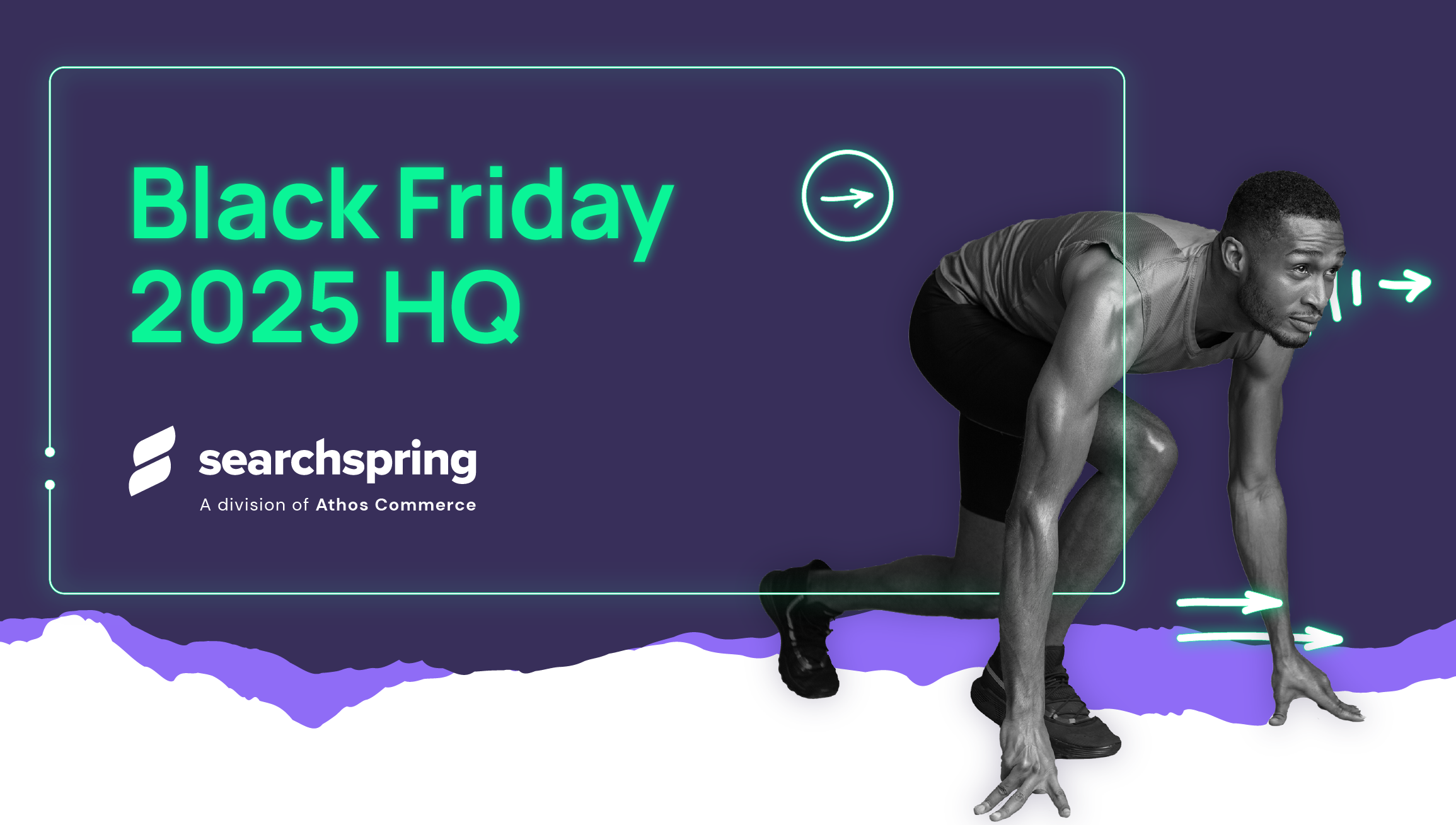Products










Generative Discovery
Harness advanced AI to predict intent, boost conversions, and eliminate search abandonment.
Site Search
Help shoppers find what they’re looking for faster with hyper-relevant on-site search results.
Merchandising
Ecommerce site merchandising that puts the right products in front of shoppers—while putting you in control.
Personalization
Influence every interaction with individualized recommendations based on past behavior and activity.
Reporting & Insight
Unlock the power of your own data with analytics designed to help you optimize your site experience.
Predictive Product Bundling
Instantly boost your average order value with intelligent suggestions based on each customers’ interests.
Data Feed Management
Optimize product data for 1,400+ channels to boost ecommerce sales.
Marketplace Management
Effortlessly manage inventory and sales across multiple ecommerce marketplaces.
Multichannel Ecommerce
Expand your ecommerce reach with Searchspring's multichannel solutions.
Featured

Black Friday 2025 HQ
Your ultimate resource for Black Friday 2025 ecommerce strategies, insights, tools, and actionable content—all in one place.
Go To HQ
Resources

Industry
All Industries
Topic
All Topics
Featured Resource

Black Friday 2025 HQ
Your ultimate resource for Black Friday 2025 ecommerce strategies, insights, tools, and actionable content—all in one place.
Go To HQ









